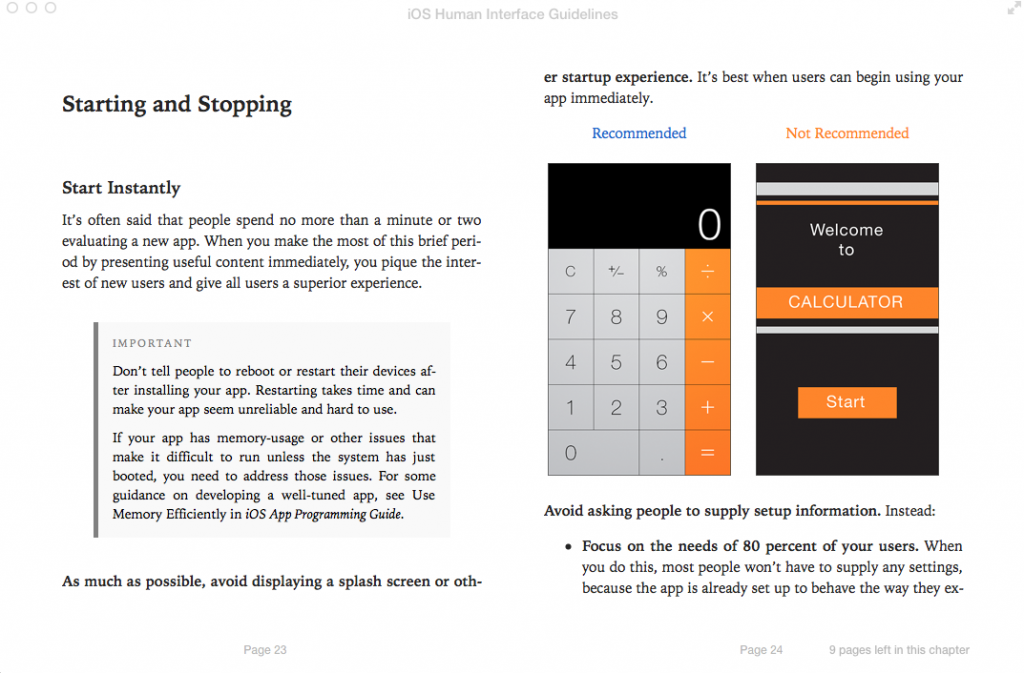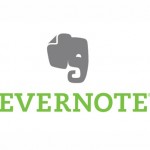Previously… I write to music, always have done, I get into ferociously irritating habits of listening to exactly the same piece over and over again. I get a lot of headphones as Christmas presents. I resisted streaming music because I had what I feel is a big collection. But then I tried streaming.
Actually, just to break the Previously and tell you something new: I’ve realised why I tried. I said before that it was iTunes Radio and that’s true, I got access to that early and enjoyed hearing new music. I’ve steadily less enjoyed the steadily increasing number of ads on iTunes Radio but I’ve also realised that its way of playing you types of music rather than letting you specify artists or albums and hearing only those got a bit wearing.
And I heard a song.
I forgot that I could check back in iTunes history to see what it was and instead stupidly spent a while googling every lyric I could be fairly sure I remembered. And I found it.
It was Come to My Window by Melissa Etheridge. Love it.
And I love it enough that I once again tried Spotify. At least with Spotify, I thought, you could name a specific track and play that.
This is sort of true. And it’s also definitely true now that Spotify is free on iPhone and iPad – which is almost certainly true because of the competition from services such as iTunes Radio. Everybody wins, and it earns the artists nothing. Or very little, anyway.
Last time I mentioned this, it was because I’d found this article explaining all the various streaming services and I intended to investigate them. I intended to do this because I was sick of iTunes Radio – I’ve since come back around to it, it’s a mood thing with me – and because Spotify was irritating. I realise they want you to pay a subscription price and not only do I understand that but, spoiler alert, I’m now today thinking of it. But for trying out the service, I thought free was helpful.
But Spotify wouldn’t stick to the music I asked for, it would bound off places playing me other things that might be fine, yes, but I couldn’t stop them when I wanted to. In the end, I would just quit Spotify and force it to restart again. You can’t do that very easily while driving.
Only, today I tried it again. Instead of my usual beloved BBC Radio 4, I had Spotify and a playlist with about 25 songs on it. Including the Etheridge. For 170 miles driving, maybe 2 miles walking and for 90 minutes on buses today, I listen to those 25 songs. Over and over.
There were many, many interruptions for ads and it worries me a bit that most of them were what’s called a house ad: if you can’t sell an ad spot to someone, you use it yourself to advertise something of your business. You want to have some house ads, but you need the revenue from outside companies.
But apart from those understandable interruptions, Spotify played me those songs of mine for a not-very-understandably long time.
I’m a fan. I think. I’m going to play it a bit more to see if I go off it as I have at times with iTunes Radio. And I’m going to wait a bit to see when iTunes Radio officially launches in the UK because the price for it includes some extra benefits and is also substantially cheaper than Spotify. Both Spotify and iTunes Radio start at free but then to get the benefits of the paid-for services, it’s £9.99 UK or $9.99 US per month for Spotify and £21.99 or $24.00 US per year for iTunes Radio.
But for the meantime, I think I’m a convert. That’s a very strange feeling for a man who remembers vinyl, who remembers CD coming in, who lived through DVD coming in and then dying away. But it’s true: I had a very good time today with Spotify.


